Common Name(s): Honduran rosewood, Honduras rosewood
Scientific Name: Dalbergia stevensonii
Distribution: Very limited range primarily within Belize (British Honduras),as well as popoultions in
Tree Size: 50-100 ft (15-30 m) tall,
2-3 ft (.6-1 m) trunk diameter
Average Dried Weight: 64.0 lbs/ft3 (1,025 kg/m3)
Specific Gravity (Basic, 12% MC): 0.82, 1.03
Janka Hardness: 2,200 lbf (9,790 N)
Modulus of Rupture: No data available
Elastic Modulus: 3,190,000 lbf/in2 (22 GPa)
Crushing Strength: No data available
Shrinkage: No data available, but it is reported to have very low shrinkage rates consistent with most rosewoods.
Color/Appearance: Heartwood ranges from light brown to deep purplish brown; brownish-mauve is most common. Sometimes with contrasting darker brown stripes. Sharply demarcated sapwood is pale yellow.
Grain/Texture: Grain is usually straight or slightly interlocked. Fine to medium texture, with good natural luster.
Rot Resistance: Rated as very durable, with moderate insect resistance.
Workability: Can be somewhat difficult to machine, and tends to ride over jointer blades, and has a moderate blunting effect on cutting edges. Because of its high oil content, gluing can be problematic, and the wood’s color can bleed into surrounding wood when applying a finish. Turns well.
Odor: Has a distinct smell when being worked, though sometimes milder than most rosewoods.
Allergies/Toxicity: Reported as a sensitizer; can cause skin, eye, and respirator irritation. See the articles Wood Allergies and Toxicity and Wood Dust Safety for more information.
Pricing/Availability: Diminishing availability, though still seen in both lumber and turning blank form. Prices are in the mid to upper range for an imported hardwood.
Sustainability: Although Honduran rosewood is not evaluated on the IUCN Red List of Threatened Species, it is listed on CITES appendix II under the genus-wide restriction on all Dalbergia species—which also includes finished products made of the wood (though finished items under 10 kilograms are exempted).
Common Uses: Fine furniture, musical instruments, veneer, turned and other specialty wood objects.
Comments: Honduran rosewood is known for its acoustic properties, possessing an excellent tap-tone, making it well-suited for acoustic guitars, xylophone keys, and other acoustic musical instruments.
The peculiar species name is in honor of Neil S. Stevenson, who collected the type specimen and first described it in 1927.
Images: Drag the slider up/down to toggle between raw and finished wood.
A special thanks to Steve Earis for providing the photo of the finished bowl of this wood species.
Identification: See the article on Hardwood Anatomy for definitions of endgrain features.
Porosity: semi-ring porous to diffuse porous
Arrangement: solitary and radial multiples
Vessels: grading from medium to very large, few; reddish-brown colored deposits common
Parenchyma: diffuse-in-aggregates, vasicentric, and banded (marginal)
Rays: narrow width; normal spacing
Lookalikes/Substitutes: Honduran rosewood can be confused with other true (Dalbergia genus) rosewoods, especially Yucatan rosewood (D. tucurensis). The two can be separated on the basis of density (among other criteria)—where the average dried weight for D. stevensonii is significantly heavier than D. tucurensis. Honduran rosewood can also be distinguished from other species if the pores are sufficiently semi-ring porous, but this feature isn’t consistently present.
Amazon rosewood (D. spruceana) is another species with very similar weight and anatomy. However, wood splinters of D. stevensonii will fully burn to white ash, while D. spruceana splinters burn to charcoal.
Notes: Ripple marks present
Related Content:

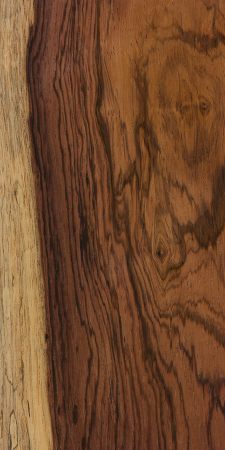
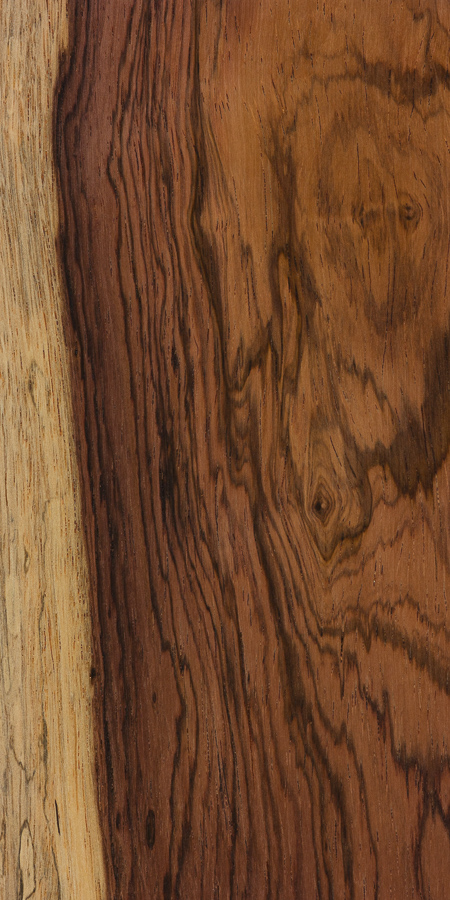
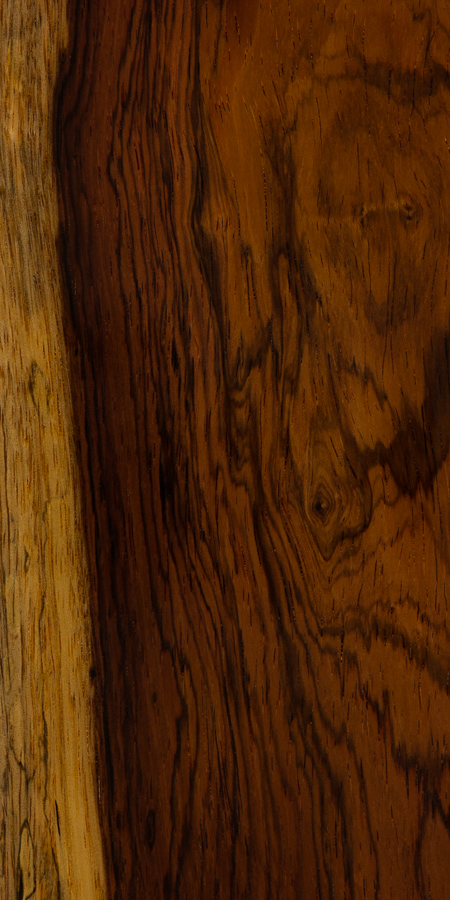
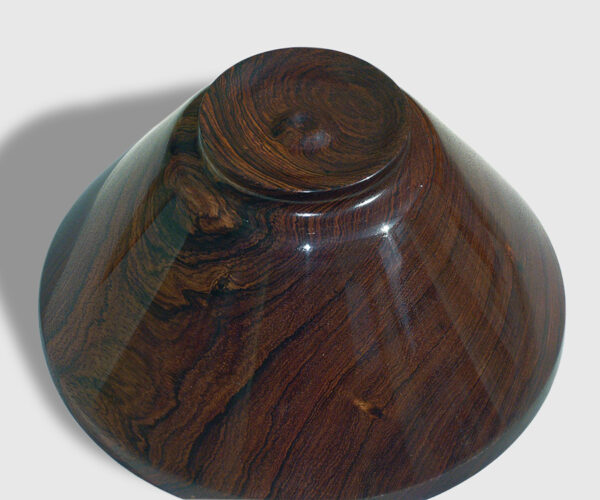
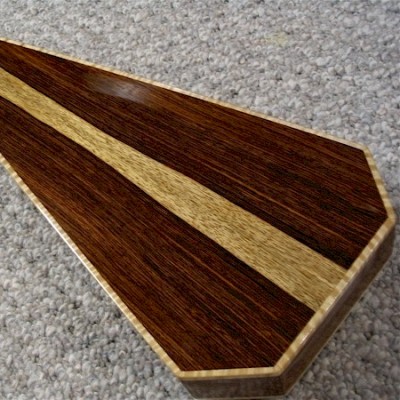
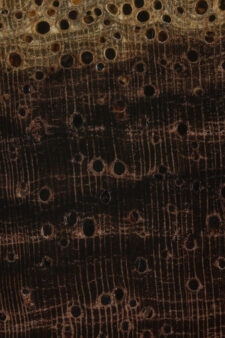

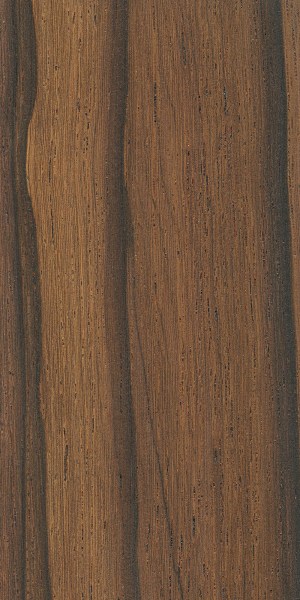
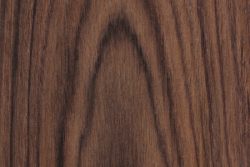
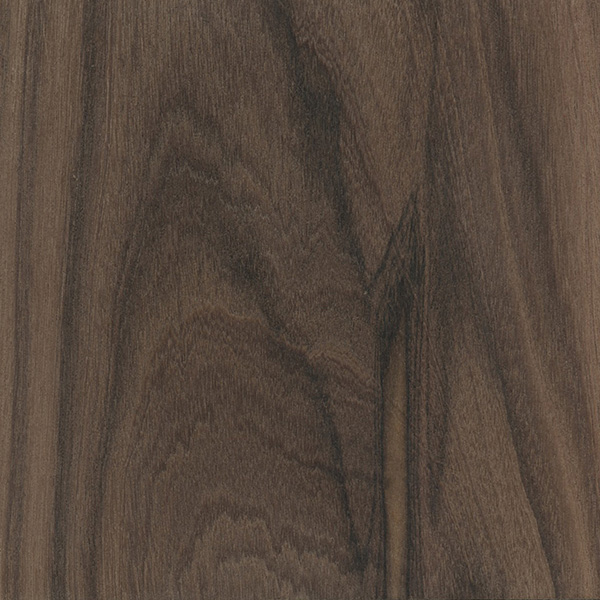
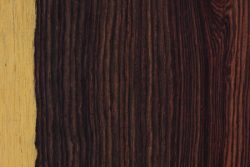
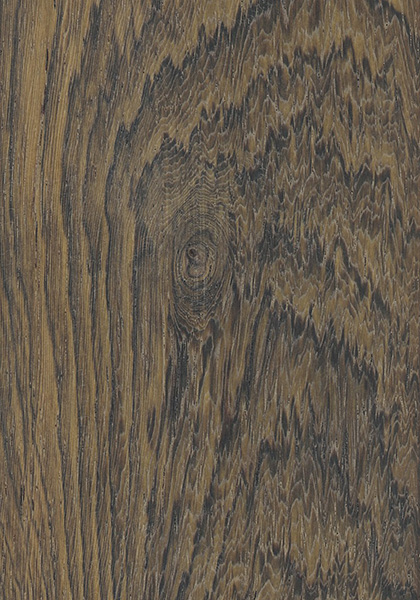
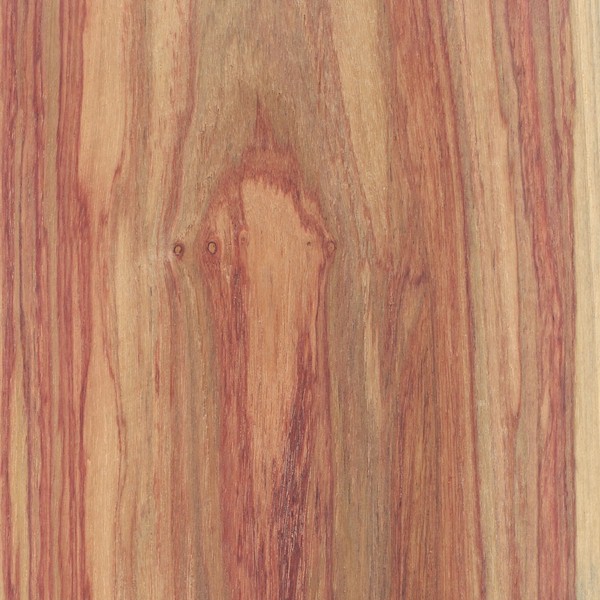
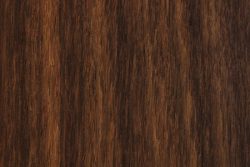
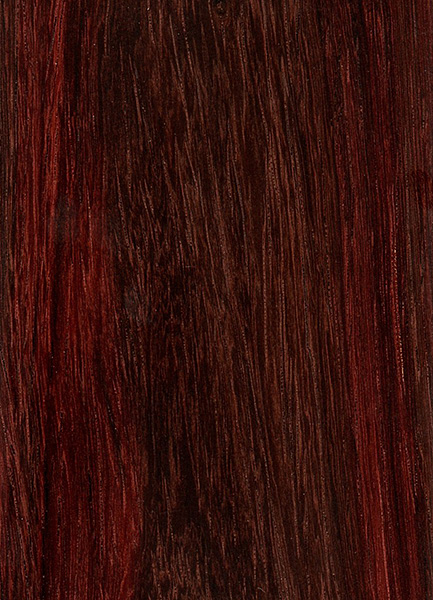


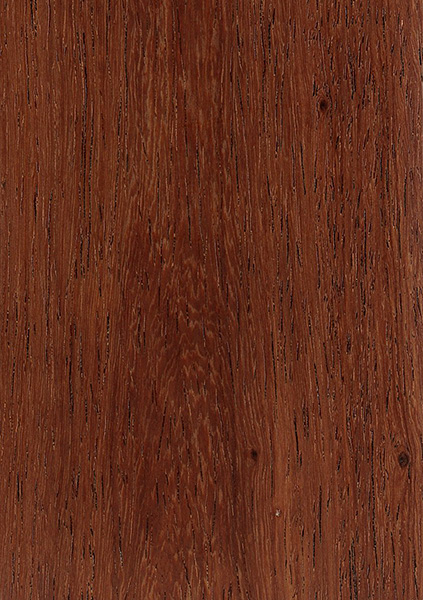
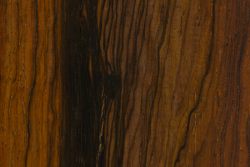
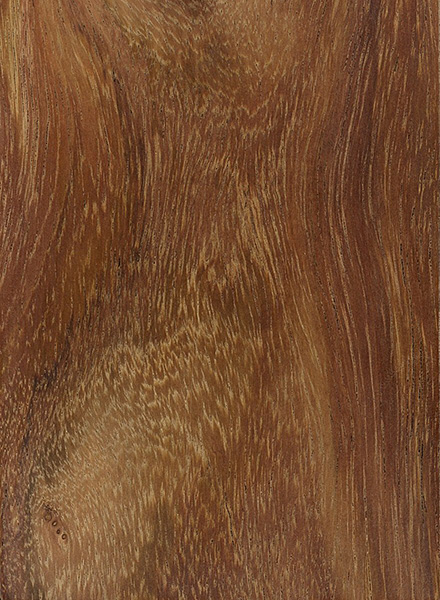
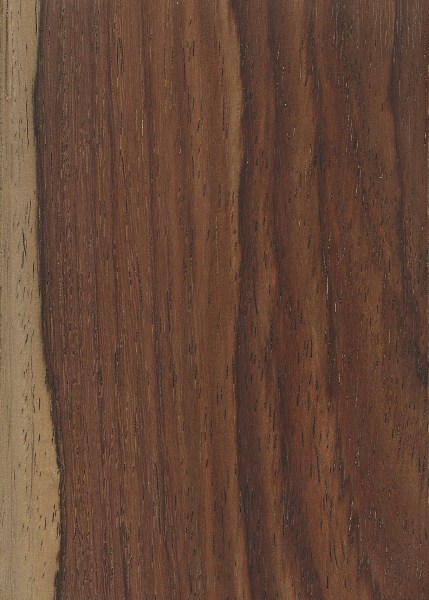
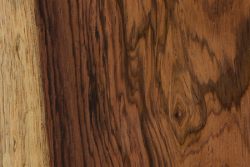
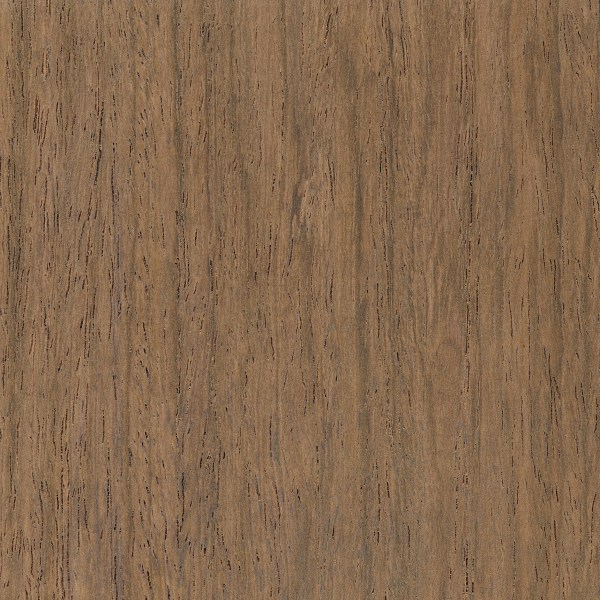
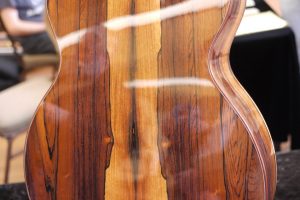

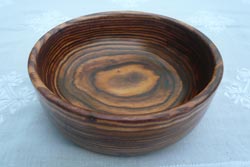
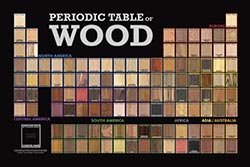

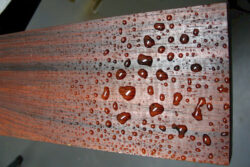

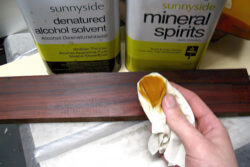



Modulus of rupture and Modulus of elasticity is too high. Take from here https://www.fpl.fs.fed.us/documnts/fplgtr/fplgtr113/ch04.pdf
I’ve bought the Honduran Rosewood lumber to make a frame for the stone picture (Florence mosaic). What kind of finishing you will recommend in order to save natural color of the wood and underline deep structure? What chemicals (makers)?
Thanks
Does this rosewood grow outside Honduras?
Yes. It’s actually most common in Guatemala followed by Belize these days as far as I can tell.
Hello, it has been very hard to find information about sinker wood prices. Such as Dalbergia stevensonii and Swietenia macrophylla. I understand that the natural fresh water curing process greatly increases the value of the wood as well as the length of time it has been submerged. Does anyone have an idea of the increased value?
For example what would be a fair price per board foot for a piece of Honduran rosewood that has been submerged for 200 years?
Thank you
Interested in a learning as to when to plant it?
I have just brought a 120yr old Victorian massive ex window sill back to life, after saving it from being used as fire wood. I chopped the soft ends off sand bench sawn 1/2 in off each side. Would it be teak or rose wood?
This particular species of “rosewood” is the definitive wood used for the manufacture of marimbas and xylophones. It is also used and very expensive string instruments for fingerboards. There is no other wood that produces the quality of sound of this. Not to be confused with genuine mahogany, which also grows in central America. It is an endangered species and as a result nearly impossible to import into the U.S.
I believe you’re referring to Platymiscium dimorphandrum, known in Guatemala as hormigo, which is more commonly used for marimba keys than Honduran rosewood (and indeed isn’t a true rosewood).
Is Honduran rosewood another name for Mahogany?
No. The two are very different woods.
There’s also Honduran Mahogany, which is just the common name for true mahogany.
Thank you for reply. ????????
Jamaican Mahogany is better quality than Honduran, grows more slowly.
The two species are very similar. The main differences may be due to varying growing conditions, where rocky and steeper soils may result in smaller trees but with denser wood and more interesting figures. Unfortunately swietenia mahagoni is commercially exhausted in any case. Neither is Honduran rosewood or even in the Dalbergia genus.
I was not that impressed about Honduran rosewood because it was too light and it does not smell like rosewood.
You might be thinking of Yucatan or Panama Rosewood (Dalbergia tucurensis). Honduran Rosewood is actually heavier than most types of rosewood (such as Brazilian or East Indian). It does have a bit of a different scent to it though.
I’ve found that the scent is actually closest to Brazilian of all the dalbergia woods I worked with while working as a laser operator at a guitar factory. The scent is a little less of a pure sweetness compared to Brazilian, but it is nearly as strong and permeating–at least on a laser cutter.
Honduran rosewood has the scent closest to Brazilian RW. You were not working with Honduran RW.